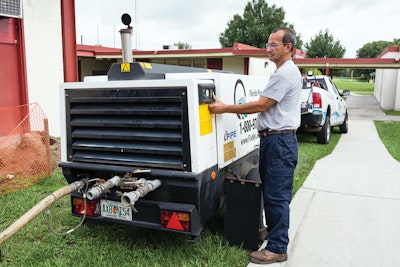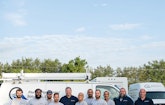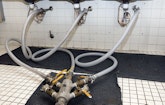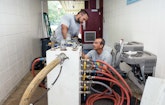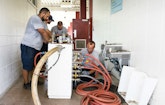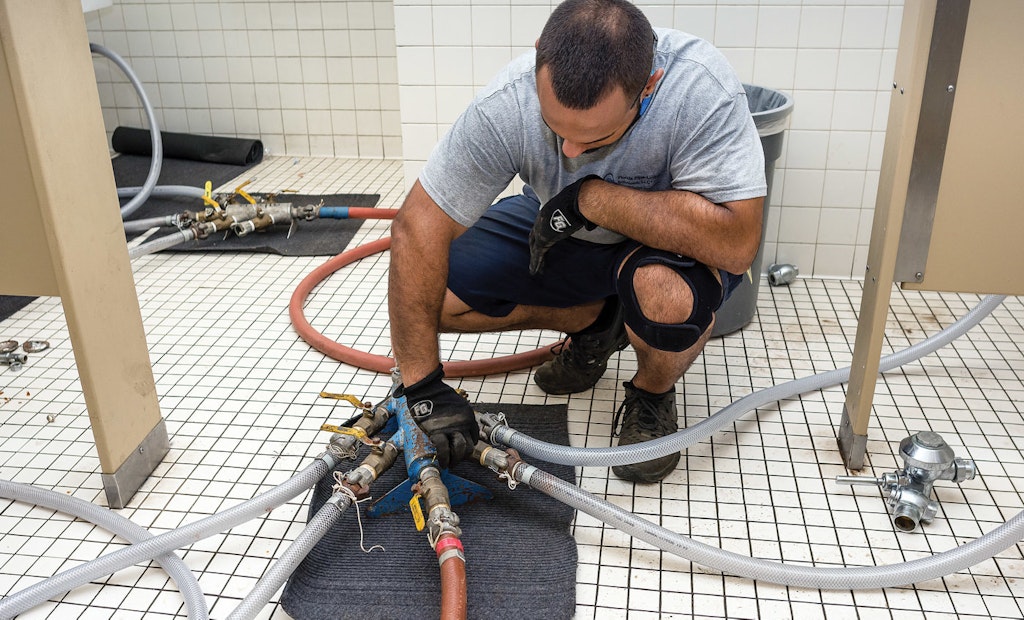Pipe rehabilitation has been around for decades. Long enough that the alternative of tearing into walls and floors to rip out old plumbing and inserting new pipe seems antiquated.
Restoration is the neater, simpler choice; and epoxy coating and CIPP lining are the go-to methods....
